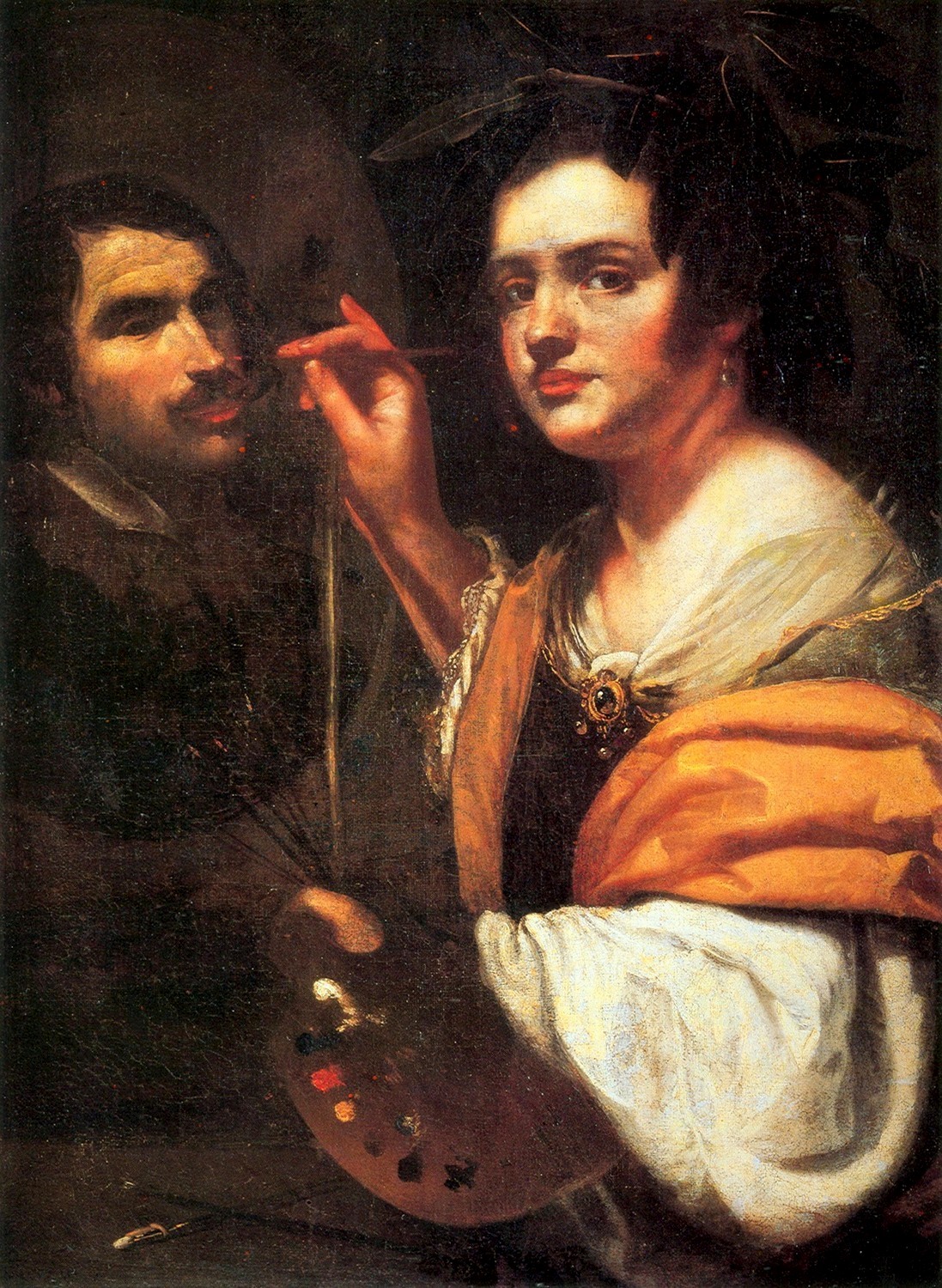
Feminist Perspectives
Feminist interest in Artemisia Gentileschi dates from the 1970s when the feminist art historian Linda Nochlin published an article entitled "Why Have There Been No Great Women Artists?" in which that question was dissected and analyzed. The article explores the definition of "great artists" and posited that oppressive institutions, not lack of talent, have prevented women from achieving the same level of recognition that men received in art and other fields. Nochlin said that studies on Artemisia and other women artists were "worth the effort" in "adding to our knowledge of women's achievement and of art history generally." According to the foreword by Douglas Druick in Eve Straussman-Pflanzer's Violence & Virtue: Artemisia's Judith Slaying Holofernes, Nochlin's article prompted scholars to make more of an attempt to "integrate women artists into the history of art and culture."
Artemisia and her oeuvre became a focus again, having had little attention in art history scholarship save Roberto Longhi's article "Gentileschi padre e figlia (Gentileschi, father and daughter)" in 1916 and R. Ward Bissell's article "Artemisia Gentileschi—A New Documented Chronology" in 1968. As Artemisia and her work began to garner new attention among art historians and feminists, more literature about her, fictional and biographical, was published. A fictional account of her life by Anna Banti, wife of critic Roberto Longhi, was published in 1947. This account was well received by literary critics, but was criticized by feminists, notably Laura Benedetti, for being lenient in historical accuracy in order to draw parallels between author and artist. The first full, factual account of Artemisia's life, The Image of the Female Hero in Italian Baroque Art, was published in 1989 by Mary Garrard, a feminist art historian. She then published a second, smaller book entitled Artemisia Gentileschi around 1622: The Shaping and Reshaping of an Artistic Identity in 2001 that explored the artist's work and identity. Garrard noted that analysis of Artemisia's oeuvre lacks focus and stable categorization outside of "woman", although Garrard questions whether femaleness is a legitimate category by which to judge her art at all.
Artemisia is known for her portrayals of subjects from the Power of Women group, for example her versions of Judith Slaying Holofernes. She is also known for the rape trial in which she was involved, which scholar Griselda Pollock has argued had unfortunately become the repeated "axis of interpretation of the artist's work". Gentileschi's status in popular culture is deemed by Pollock to be due less to her work than to the sensationalism caused by the persistent focus on the rape trial during which she was tortured. Pollock offers a counter reading of the artist's dramatic narrative paintings, refusing to see the Judith and Holofernes images as responses to rape and the trial. Instead, Pollock points out that the subject of Judith and Holofernes is not a revenge theme, but a story of political courage and indeed, collaboration by two women committing a daring political murder in a war situation. Pollock seeks to shift attention from sensationalism toward deeper analysis of Gentileschi's paintings, notably of death and loss, suggesting the significance of her childhood bereavement as a source of her singular images of the dying Cleopatra. Pollock also argues that Gentileschi's success in the seventeenth century depended on her producing paintings for patrons, often portraying subjects they selected that reflected contemporary tastes and fashions. She aims to place Gentileschi's career in its historical context of taste for dramatic narratives of heroines from the Bible or classical sources.
In another vein entirely, American professor Camille Paglia has argued that modern feminist preoccupation with Artemisia is misguided and that her accomplishments have been overstated: "Artemisia Gentileschi was simply a polished, competent painter in a Baroque style created by men." Nonetheless, according to The National Gallery, Artemisia worked "in Rome, Florence, Venice, Naples, and London, for the highest echelons of European society, including the Grand Duke of Tuscany and Philip IV of Spain".
Feminist literature tends to revolve around the event of Artemisia's rape, largely portraying her as a traumatized, but noble survivor whose work became characterized by sex and violence as a result of her experience. Griselda Pollock (2006) interpreted the film by Agnès Merlet as a typical example of the inability of popular culture to look at the painter's remarkable career over many decades and in many major centres of art, rather than this one episode. A literature review by Laura Benedetti, "Reconstructing Artemisia: Twentieth Century Images of a Woman Artist", concluded that Artemisia's work is often interpreted according to the contemporary issues and personal biases of the authors. Feminist scholars, for example, have elevated Artemisia to the status of feminist icon, which Benedetti attributed to Artemisia's paintings of formidable women and her success as an artist in a male-dominated field while also being a single mother. Elena Ciletti, author of Gran Macchina a Bellezza, wrote that "The stakes are very high in Artemisia's case, especially for feminists, because we have invested in her so much of our quest for justice for women, historically and currently, intellectually and politically."
Feminist scholars suggest that Artemisia wanted to take a stand against the stereotype of female submissiveness. One example of this symbolism appears in her Corisca and the Satyr, created between 1630 and 1635. In the painting, a nymph runs away from a satyr. The satyr attempts to grab the nymph by her hair, but the hair is a wig. Here, Artemisia depicts the nymph to be quite clever and to be actively resisting the aggressive attack of the satyr.